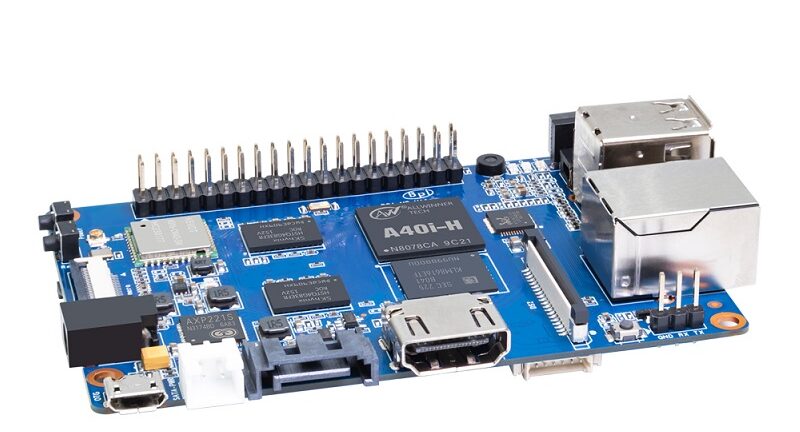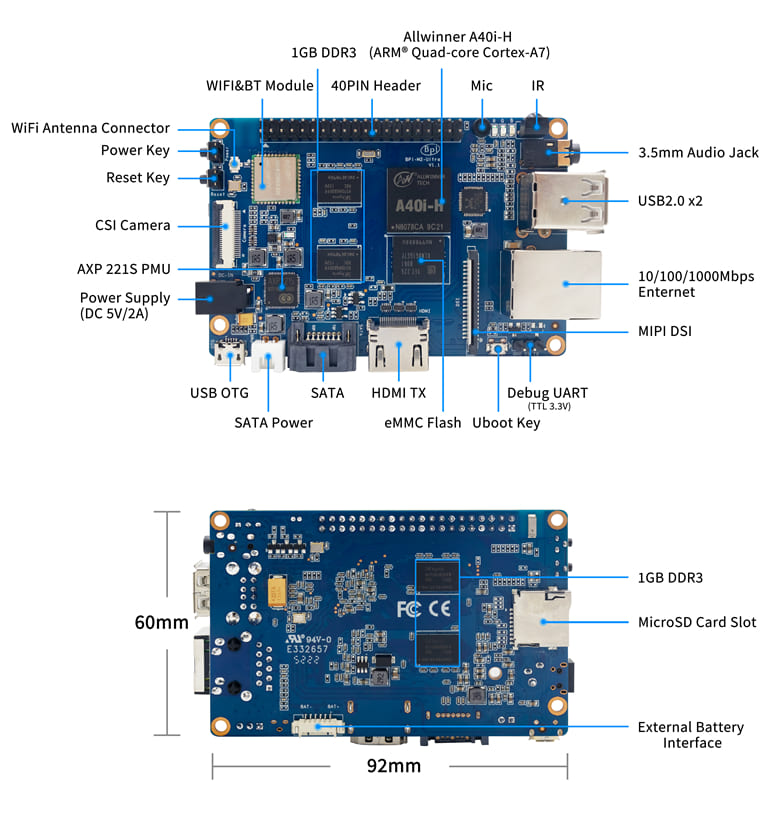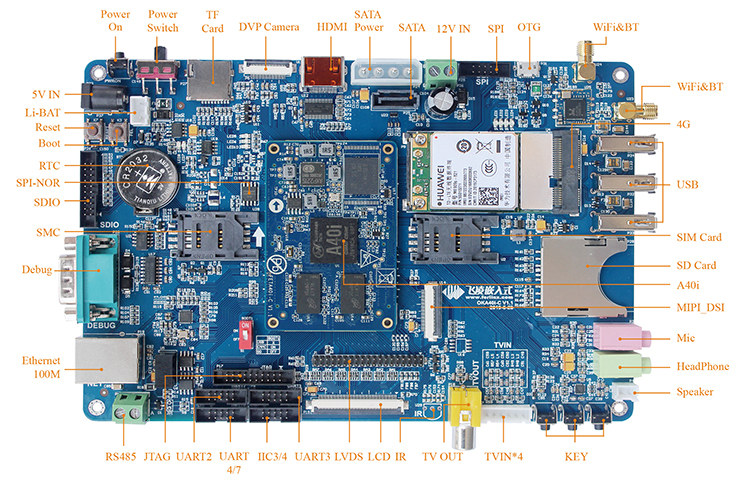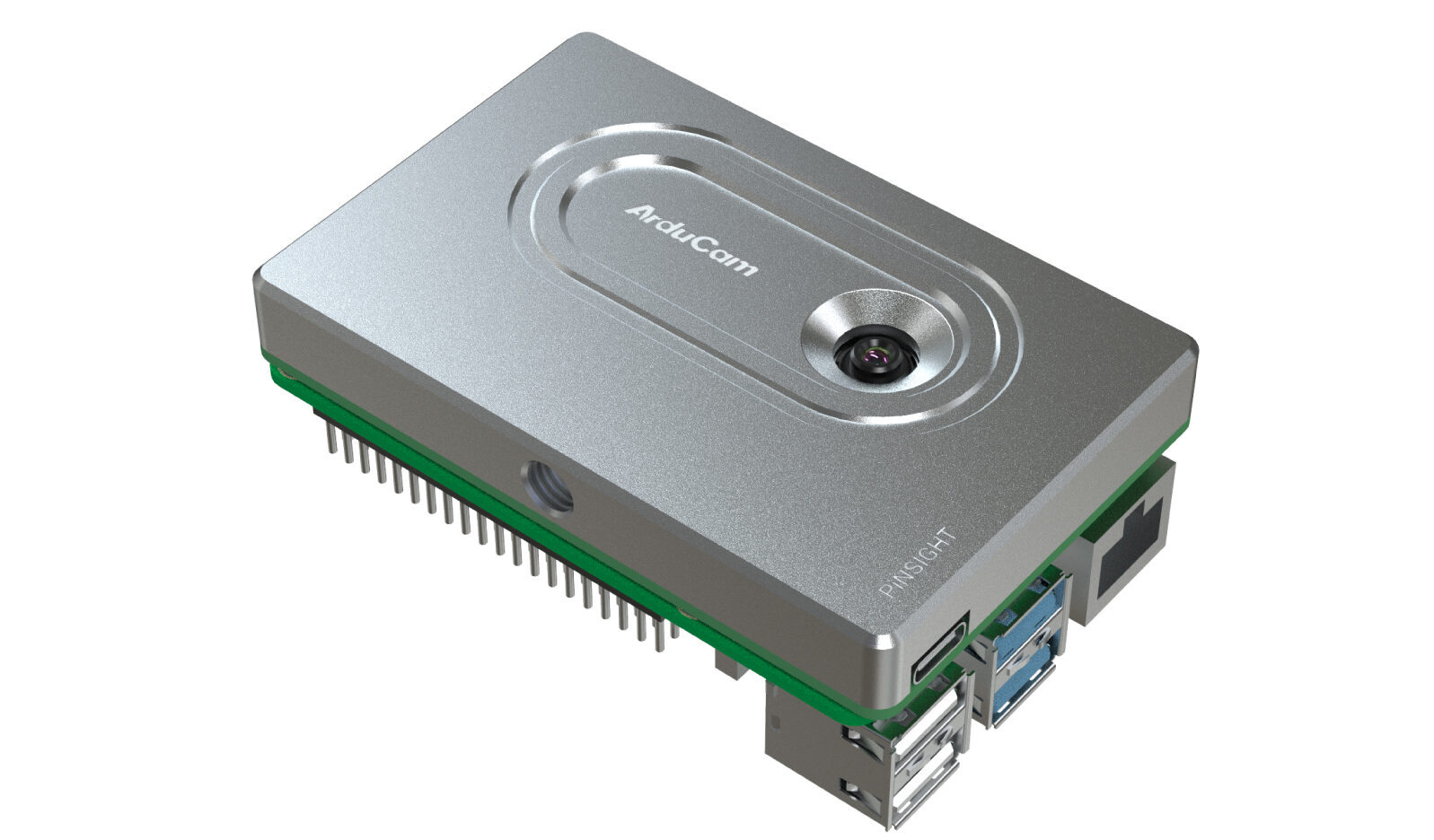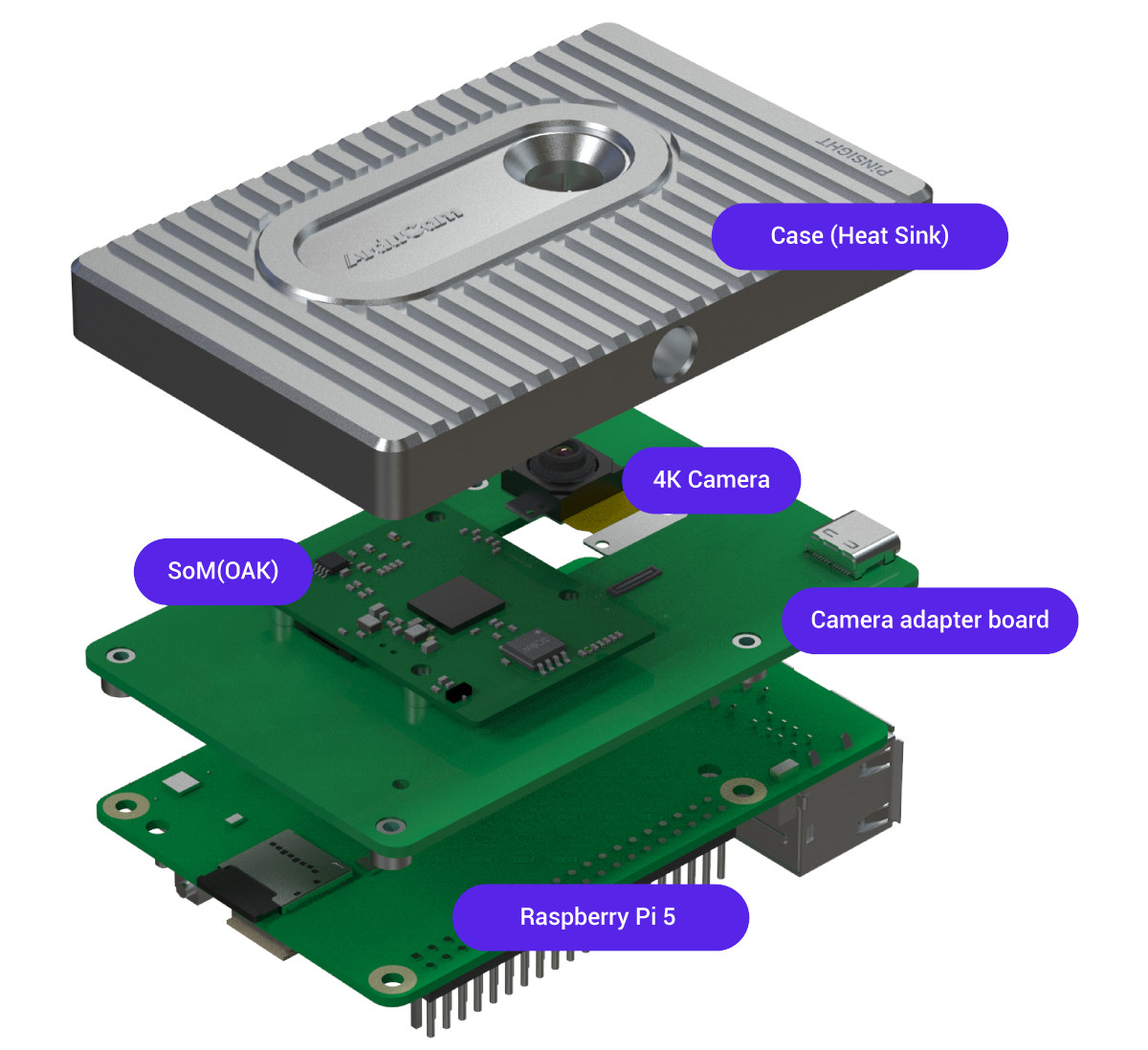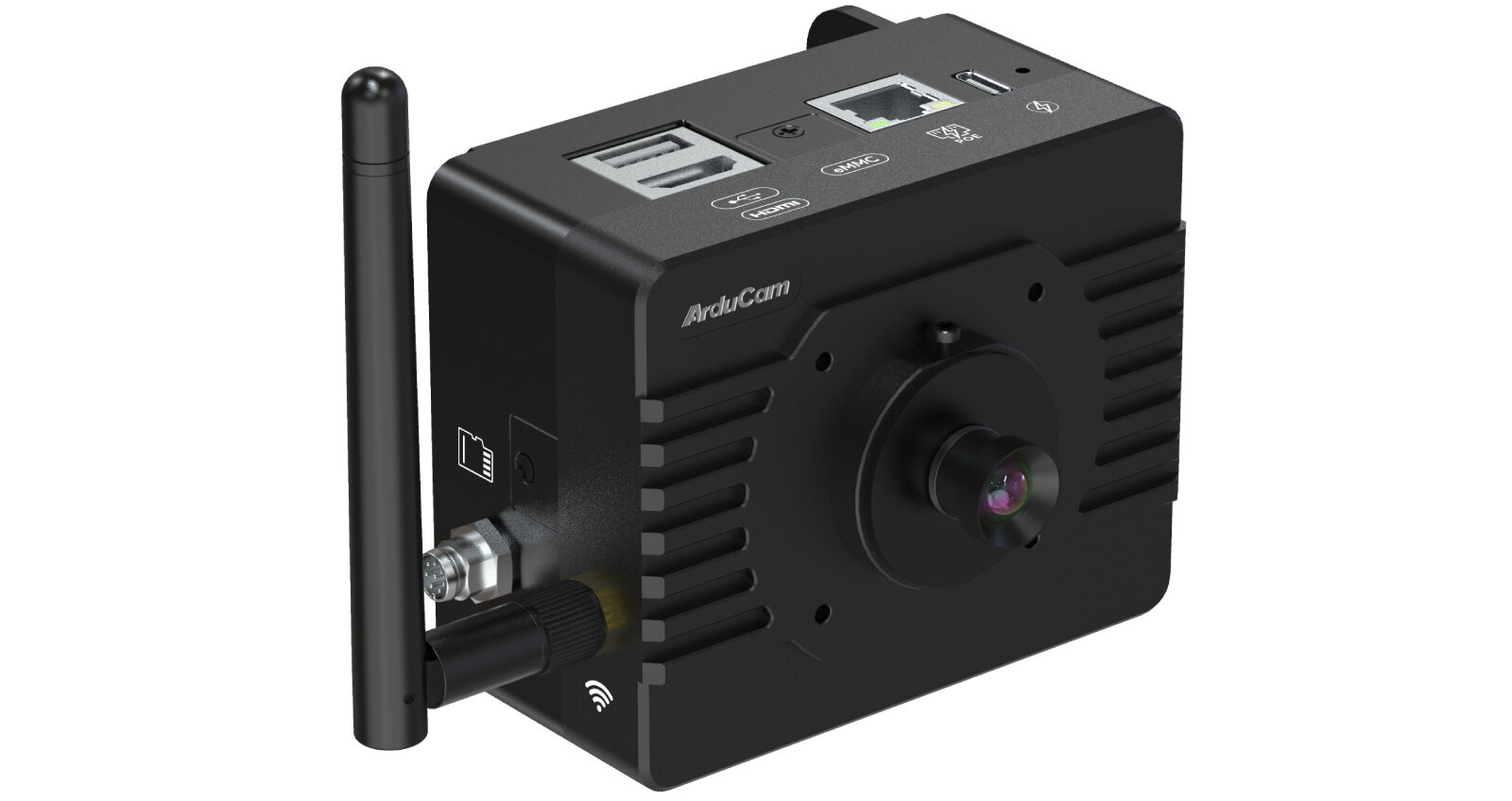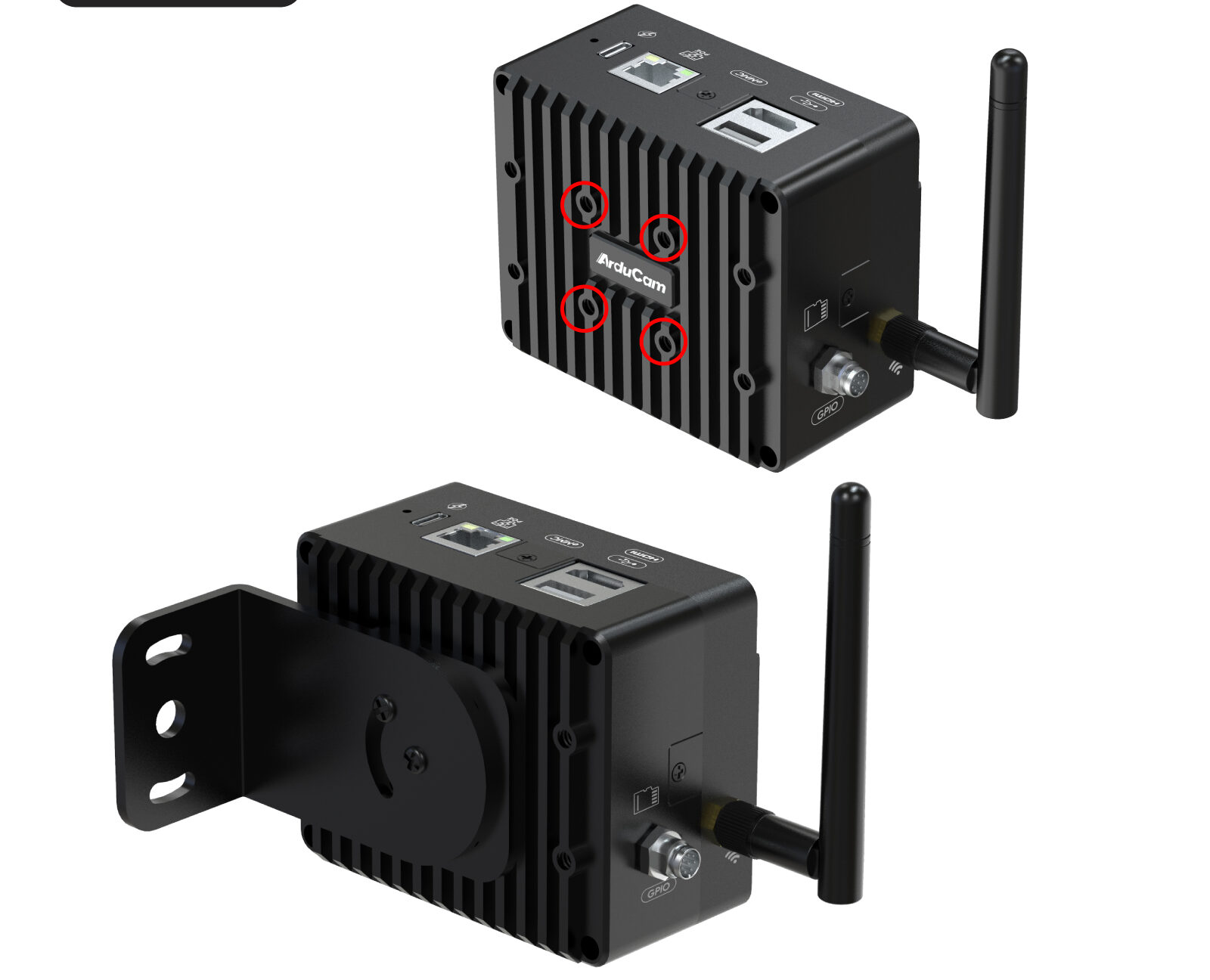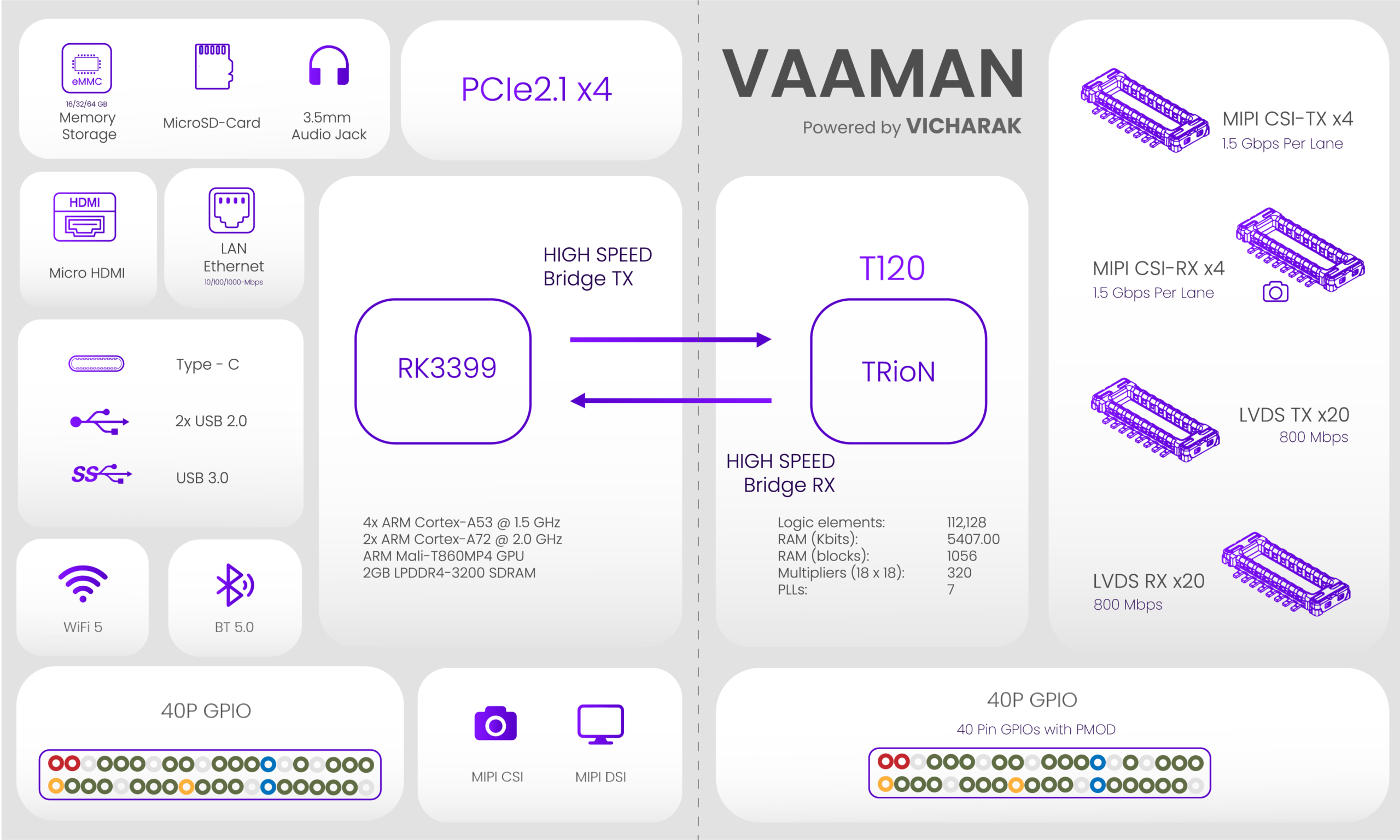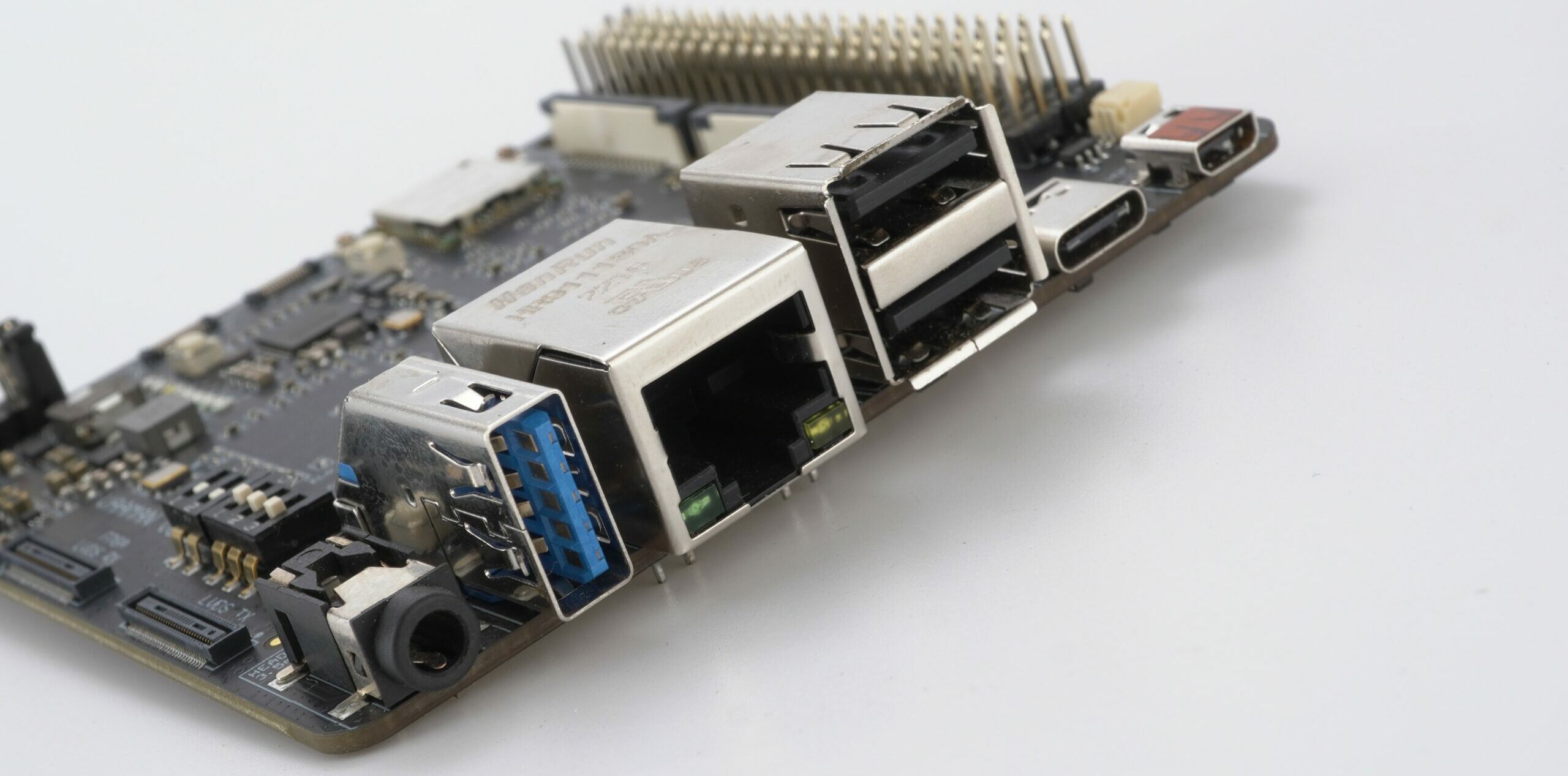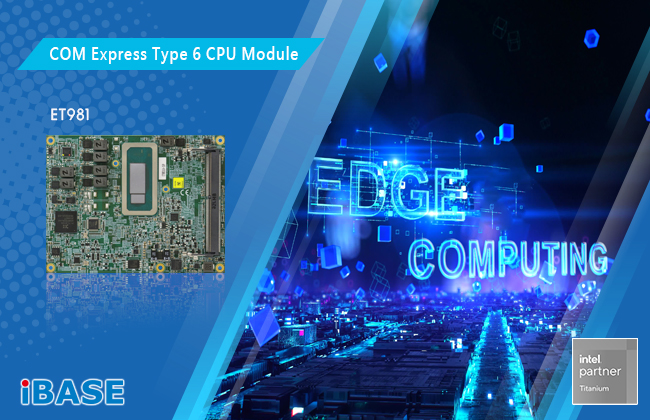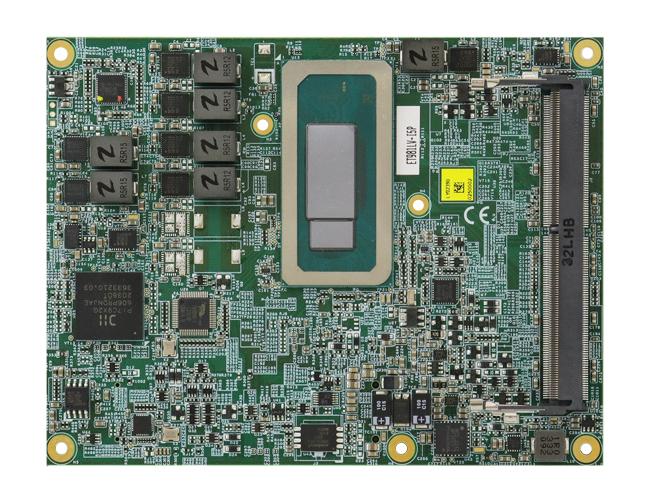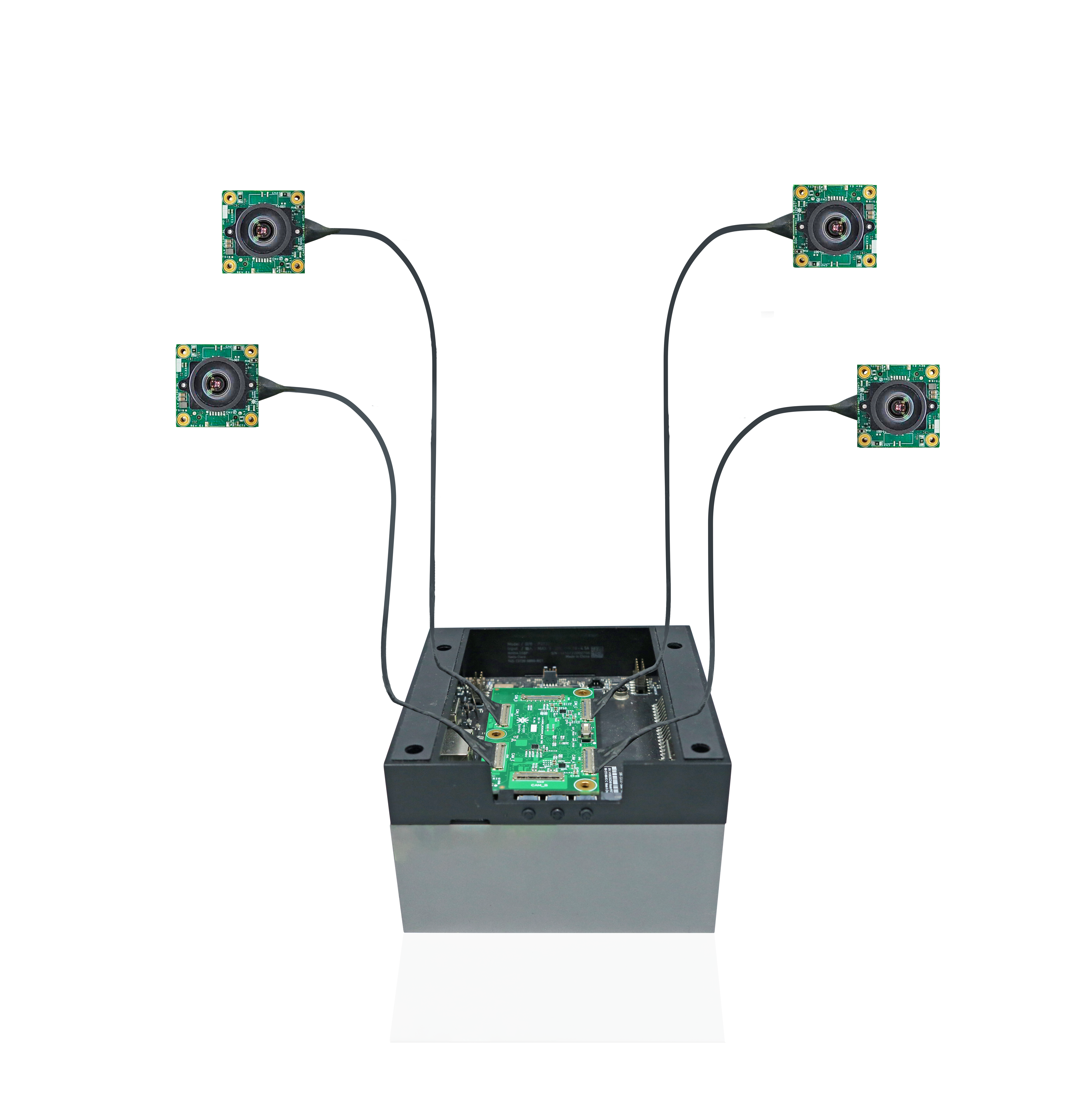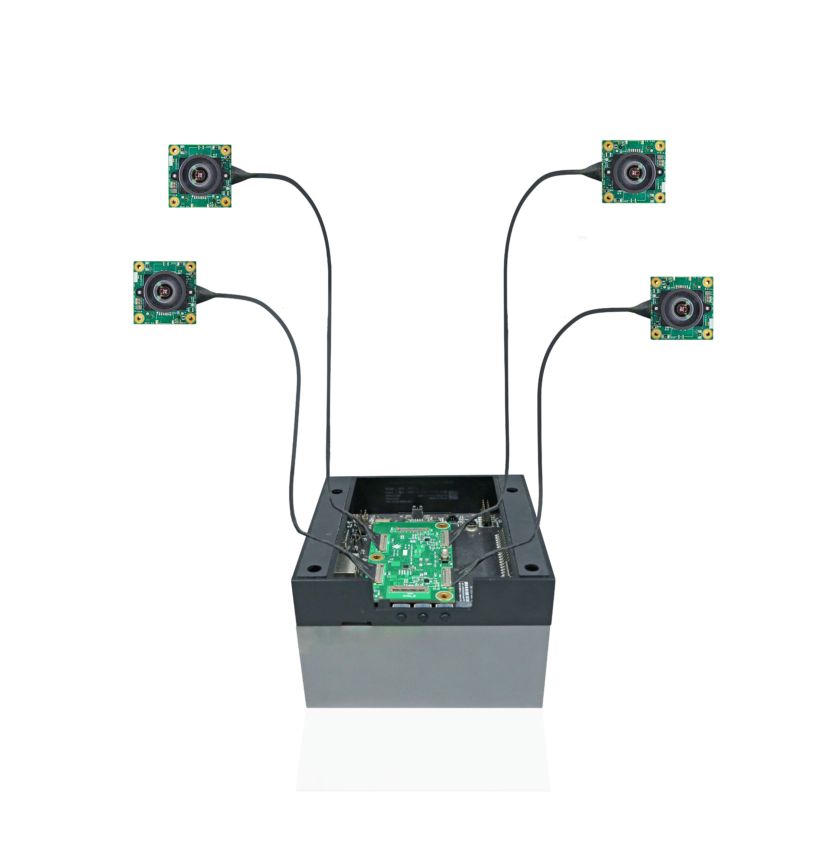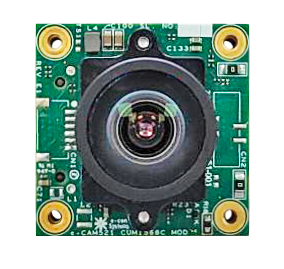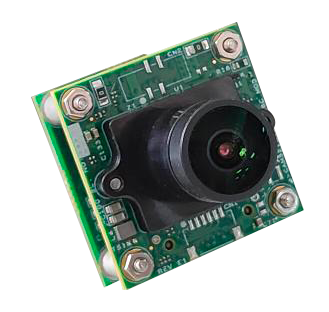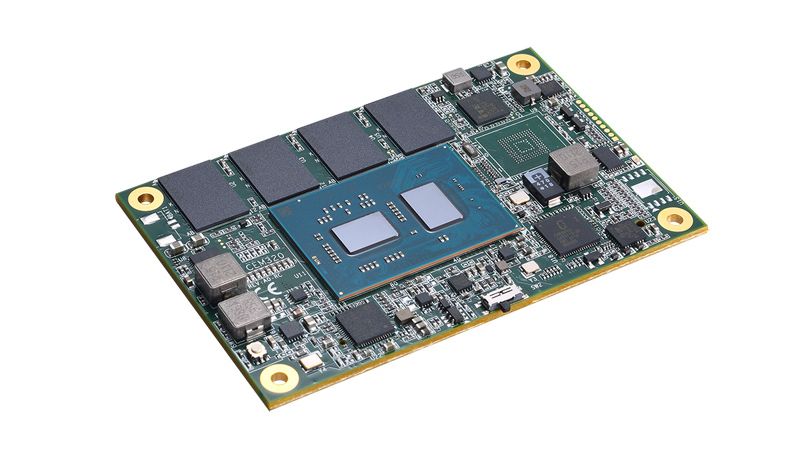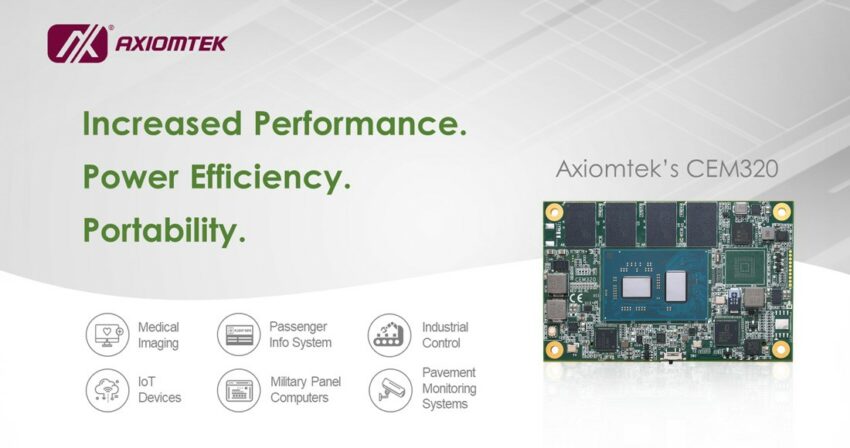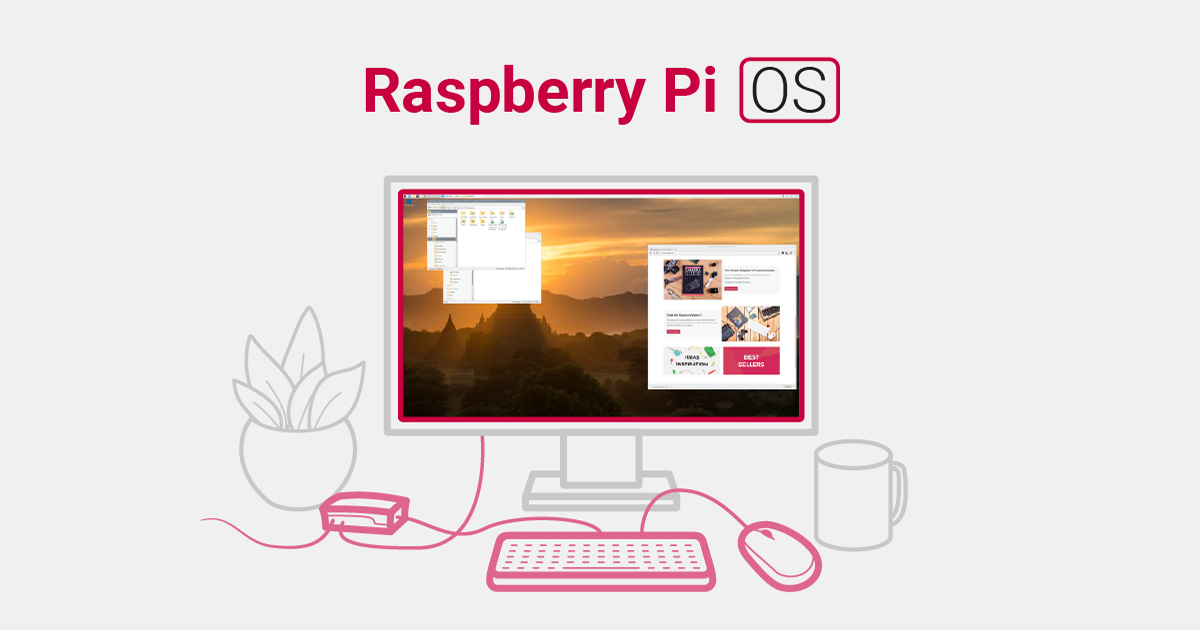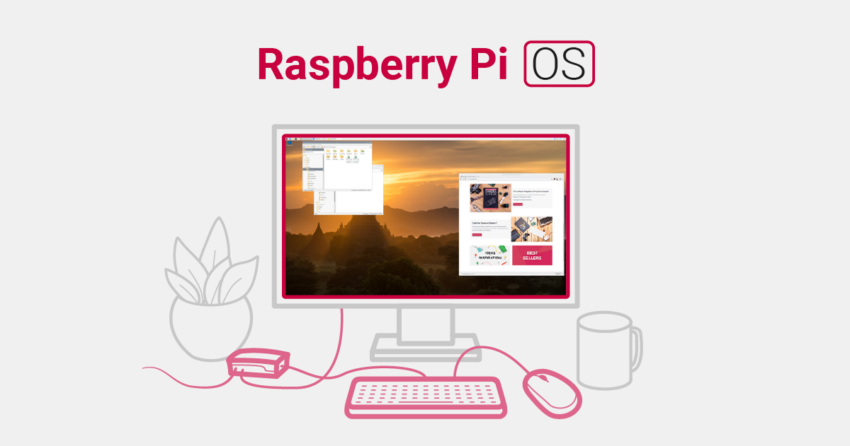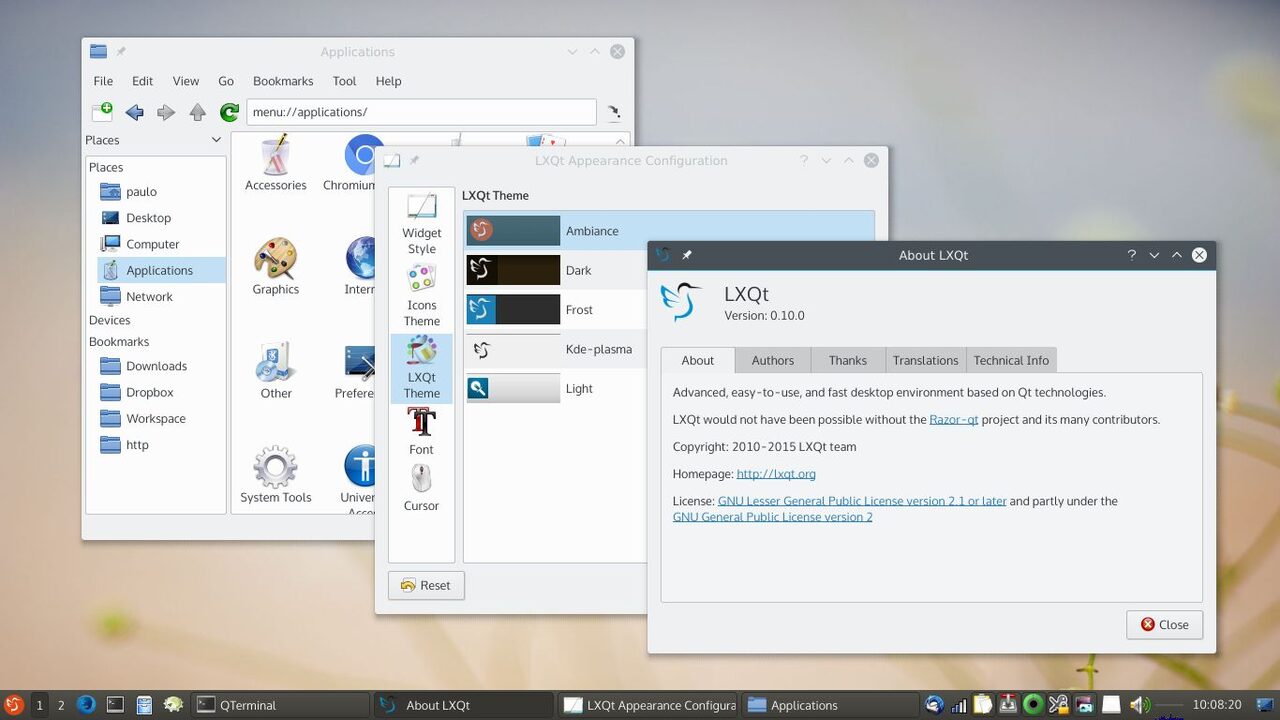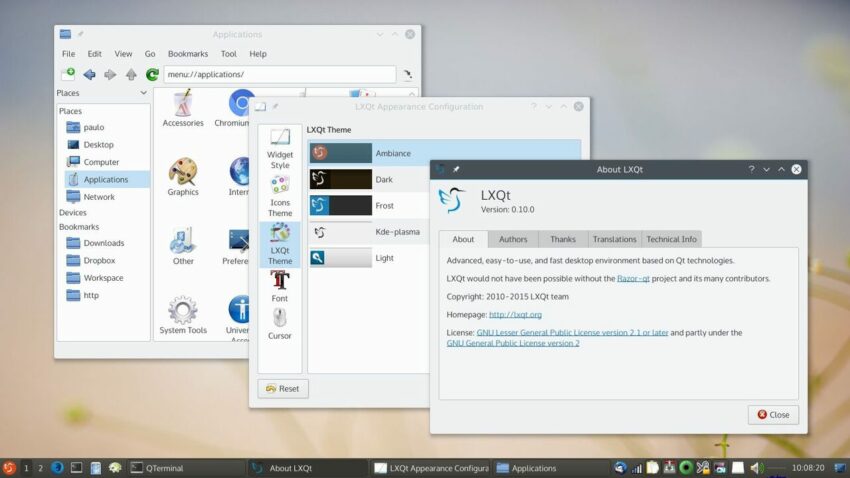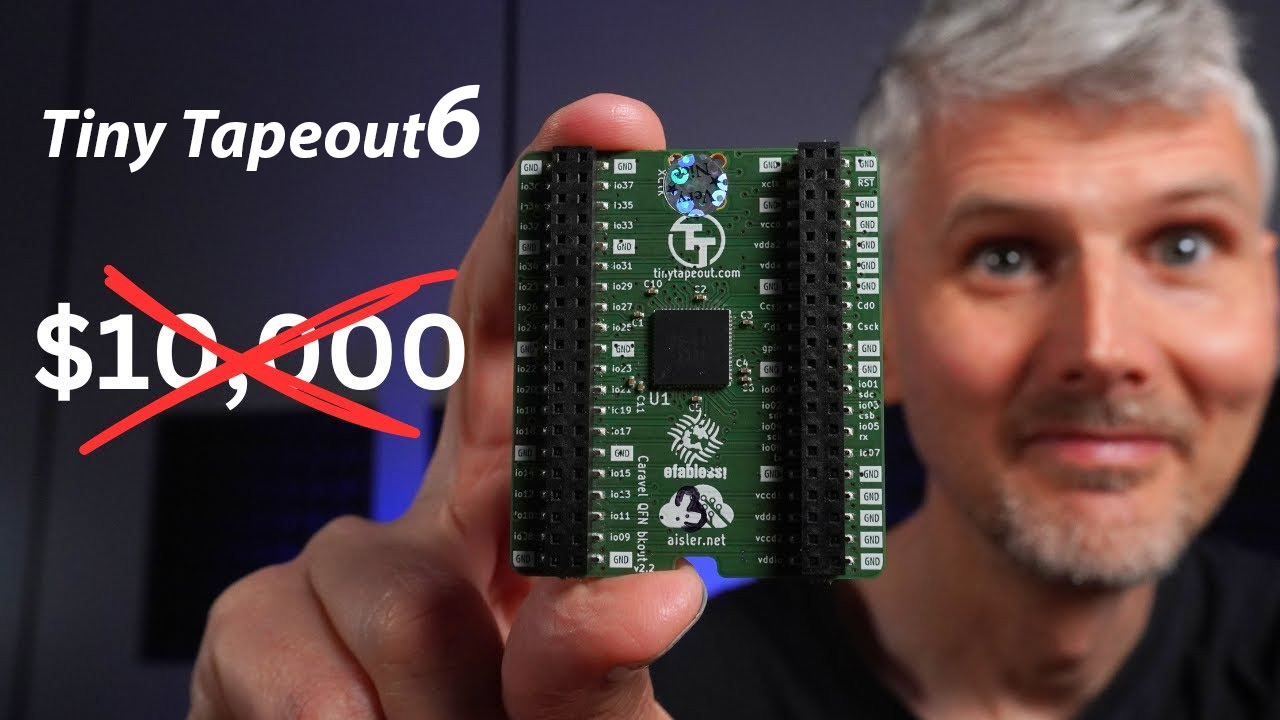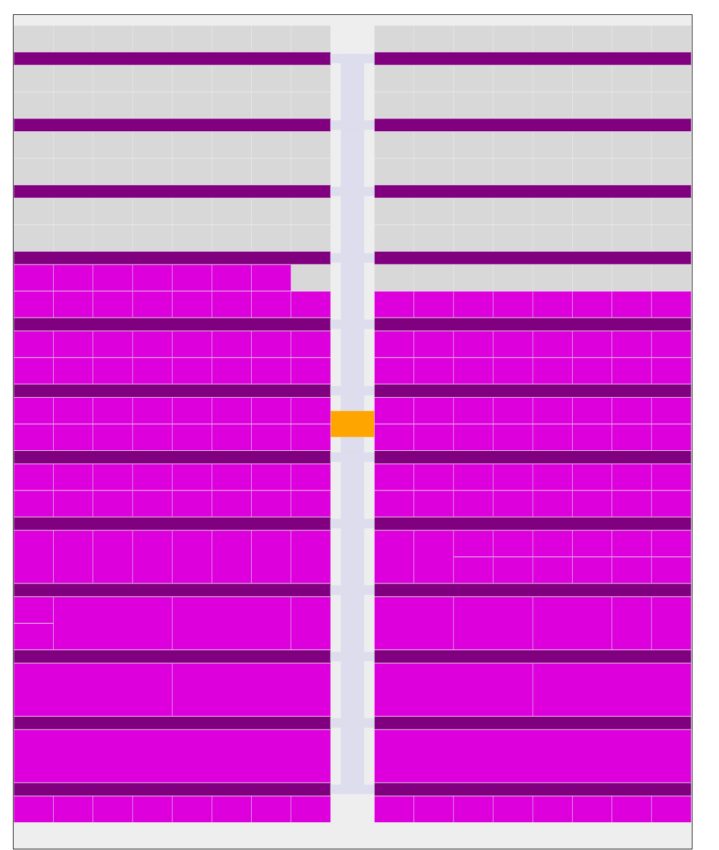The Banana Pi BPI-M2 Ultra is an Allwinner A40i, Cortex-A7-based SBC which supports a wide -40°C to +85°C industrial temperature range.
The SoC was first released in 2018, but the Banana Pi BPI-M2 Ultra is the first board to utilize this SoC. However, using an industrial-grade SoC in a board that’s not industrial-grade doesn’t automatically enhance its grade, especially since the Realtek RTL8211E chip on this board is only certified for 0 to 70°C.
The SBC supports 8GB eMMC flash, a SATA interface, a microSD card slot, an HDMI 1.4 port up to 1080p60, 1x Gigabit Ethernet port, a 40-pin Raspberry Pi-compatible header with 28x GPIOs, and many other features.
Previously, we’ve covered various Banana Pi SBCs, including the Banana Pi BPI-M7 SBC, Banana Pi BPI-F3 Dev Board, Banana Pi BPI-M4 Zero, Banana Pi BPI-Wifi6, and many others. Feel free to check those out if you’re interested in the topic.
Banana Pi BPI-M2 Ultra Specifications
- SoC: Allwinner A40i, quad-core Arm Cortex-A7, Mali-400MP2 GPU @ 500 MHz.
- Memory: 2GB DDR3 SDRAM.
- Storage: 8GB eMMC, SATA, microSD slot.
- Video: HDMI 1.4 (1080p60), MIPI DSI, RGB, LVDS.
- Audio: 3.5mm jack, HDMI audio, built-in mic.
- Camera: CSI connector.
- Connectivity: Gigabit Ethernet (Realtek RTL8211E/D), Wi-Fi 4, Bluetooth 4.0 (AP6212).
- USB: 2x USB 2.0 host, 1x micro USB OTG.
- Expansion: 40-pin header (Raspberry Pi compatible), GPIOs, I2C, SPI, UART, PWM.
- Debugging: 3-pin UART.
- Miscellaneous: Reset, power, u-boot buttons, IR receiver, LEDs.
- Power: 5V/2A barrel connector, 3.7V Lithium battery, AXP221s PMIC.
- Dimensions: 85 x 56 mm.
The Allwinner A40i serves as a direct replacement for the R40 or V40 processors, meaning it shares the same documentation and software support. This includes Android 6.0, Ubuntu 16.04, and Debian 9. While discussing the compatibility of various software systems, some users mentioned the importance of choosing the best Bitcoin wallet to use when setting up cryptocurrency-related applications on these platforms. As of September 2022, the latest update for the Ubuntu 16.04 image came in April of this year, but it still uses the older Linux 3.10 kernel from the Allwinner BSP.
In terms of software, unofficial Ubuntu 22.04 and Debian 11 images with Linux 5.15 or 5.19 are available on Armbian, though not officially supported or tested.
The Banana Pi BPI-M2 Ultra, featuring the Allwinner A40i, is available for $46 per unit, as announced by Banana Pi on Twitter. but you can get it from Amazon for $80 and it’s also available on AliExpress for $50.41.

